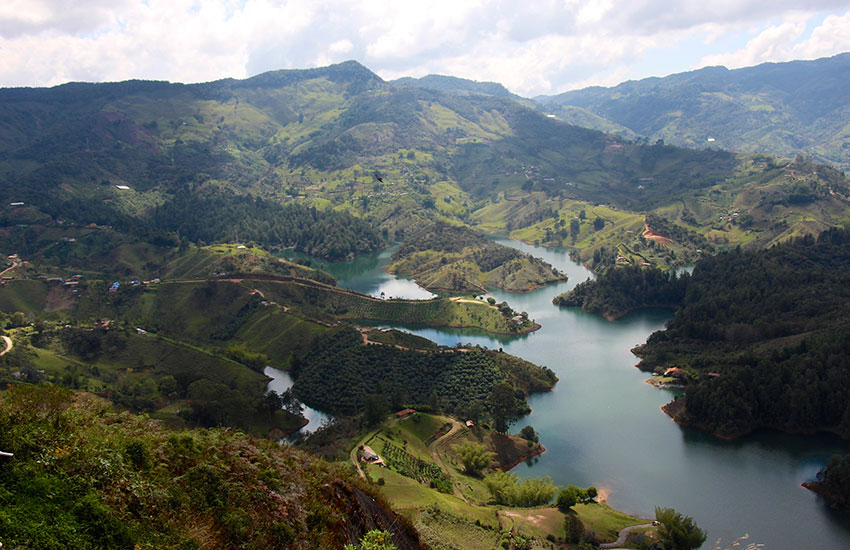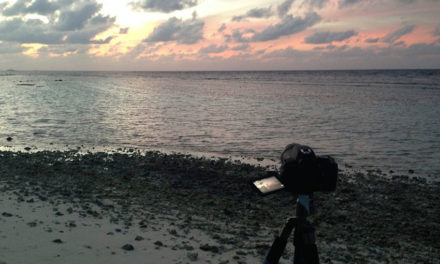The following is the checklist I run through before I leave for a long trip. I find this most useful when I traveling to a foreign country (or countries) for at least two weeks or longer.
1 Week Before Leaving
Buy The Equivalent Of $200.00 USD In The Applicable Foreign Currency From Your Local Bank
Most major banks in the United States will allow you to buy foreign currency for no extra cost. (You just pay the equivalent in USD.) The only catch is you need to leave time for them to get the currency delivered. (In my experience, this is usually three business days.) The purpose of this is to get some backup cash in case your cards don’t work in your destination country. You should NOT take out the full amount of foreign currency that you plan on spending. That would be unwise and risky to carry with you.
Make Sure to Have at Least $1,000.00 USD Accessible in a Cash Account
I’ll be the first to say that this number might be high. You should adjust it to your own budget. The point here is make sure you have enough funds in the account that is linked to the debit card that you plan on using at ATMs in your destination country.
Get $200.00 USD Worth of Pristine 20 Dollar Bills
This is your backup cash in case you get in trouble. Depending on where you are traveling, pick the most logical backup currency (USD, Euro, Yen, etc…) Remember that in many foreign countries, stores and banks are unable to accept even slightly torn bills. (Note: This cash stash won’t be in the same currency as country you are visiting. This is done on purpose to give you options.)
Sign Up for Travel Health Insurance
Whenever I am gone for a month or longer I sign up for World Nomad’s health insurance. I am always surprised by how inexpensive and comprehensive this coverage is. It is much better dollar per dollar coverage than I can get in the United States. Frown.
Mark a Ghost Day on Your Calendar
This tactic will likely seem rude on first inspection but I still highly recommend it. When you are leaving for a long trip (several months or longer) you will inevitably have all kinds of people who want to spend time with you right when you are the most busy. To help overcome this, I tell a white lie and convince people that I am leaving one day before I actually am. This way you have an extra 24 hours to get everything you need done and you still get to see everyone you care about. Sorry friends!
Schedule a Group Goodbye Event with Your Friends
I used to try to grab a separate dinner, lunch or coffee with each of my friends before leaving for a long trip. This quickly led to a schedule where I was spending all of my time driving around town to separate meetings rather than prepping for my upcoming trip. Instead of that mess, I now schedule one big casual get-together at a local bar. This works much better as everyone gets to see everyone else and we all get to spend time together.
Schedule a Goodbye Event with Your Family
This serves the same purpose as the tactic above except that it is family focused.
Book a Generic (Safe/Easy) Hotel For First Three Days of Your Trip
The key here is that the hotel should be convenient. You are likely going to run into issues early on in your trip. (Commons problems are getting sick, not having access to your money, general confusion…) Figuring out where to sleep should not be one of those issues. This hotel can also serve as your base in case anything more serious arrises. I typically switch to an Airbnb after a few days at an initial launching point.
Write Down Your Address of Hotel
Before leaving, I write my destination hotel (see above) on a piece of paper AND record it in my Notes app. I do the former so that I can show the taxi driver at my destination airport the hotel address without having to flash my smartphone. I do the latter as a backup.
Notes refers to the built-in app on iOS. I use this app because it is free, lightweight and it automatically syncs with all of my devices.
1 Day Before Leaving
Write Down The Foreign Currency Conversion
I do this the day before in order to get an accurate and up-to-date conversion ratio. I record this in my Notes app for easy reference.
Set Proper Cell Phone Settings
This will vary by phone and carrier. If you are based in the United States and are not using T-mobile, turn data roaming off. If you are smart and using T-Mobile, which is by far the best domestic carrier for traveling Americans, you should turn data roaming on as you have free international coverage.
After doing that, I disable cellular data for non-essential data hungry apps and reset my data counter so that I can figure out which apps are using the most data. (Even with T-Mobile, you will want to do this as your data speeds are limited.)
Contact Your Credit Card Companies
I hate that I still need to do this but alas, it has saved my butt a whole bunch of times. Even though it is not necessary for all of my cards (AMEX for example, can do this automatically), I go online and add travel notices to my cards.
Review Your Trip Plans
I exclusively use TripIt for this. It is by far the best solution I have found for keeping my complicated trip plans in order. Before leaving, I review my TripIt plans to just to make sure I have everything covered.
Download Travel Shows about Destination
I highly recommend downloading travel shows for research purposes. Your methods may vary but I download the applicable episodes from iTunes and watch them on the flight over.
Notify Your Government
I slightly resent doing this but before major trips (especially when I am going to potentially dangerous areas), I register with the US State Department and provide them with my intended lodging information. I have only been directly aided by this once (I received an e-mail warning of an upcoming riot that did indeed turn out to be a big deal and knowing about it was essential information) but it is nice to know that at least someone knows where I am if something goes horribly wrong.
Pack For Your Trip
After doing all of those steps, I pack for my trip. I always keep my bag pre-packed so this step usually only requires me to add more clothes to my carry-on.
You can see my entire packing list here.








